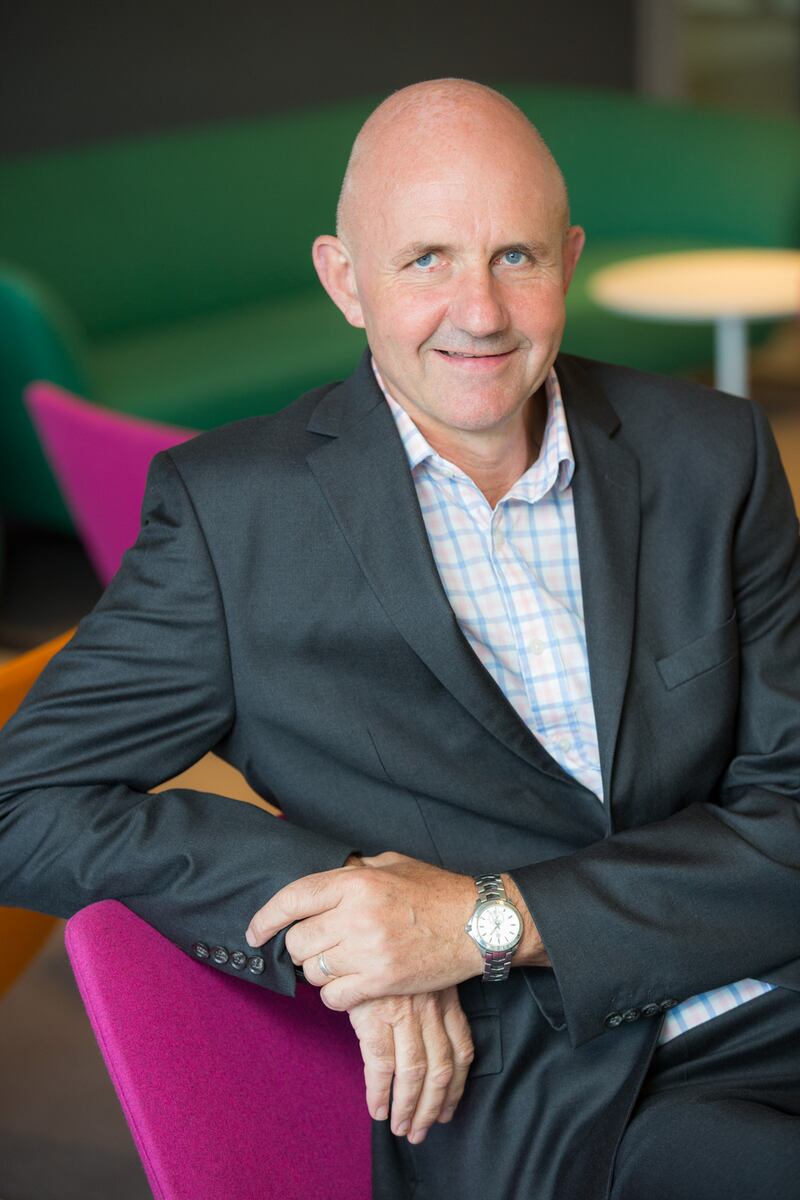Automated checkouts, personalised discount offers sent directly to your smartphone, smart shelves that let store owners and suppliers know when they need to be replenished, robots to stock shelves and fill baskets for customers, lighting systems that react to the time of day and customer presence, and fridges that can alert staff when products are close to spoiling.
This is just a small sample of the changes to the shopping experience being wrought by internet of things (IoT) technology. "IoT is transforming the world of retail," says Karl McDermott, head of 3Connected Solutions at Three Ireland. "Research published by Global Market Insights last year showed that IoT in retail will be worth in excess of $30 billion [€26.7 billion] by 2024. That's not surprising when you consider how it is already changing the sector."
Among the biggest drivers of this change are cost and the need to improve the customer experience, he notes. “Retailers want to improve customer service, gain personalised insights into their customers, reduce costs, track inventory, and track devices in stores,” he says. “For example, one of the biggest problems retailers have is tracking the plastic crates which products like fruit and veg come in. IoT can help deliver huge cost savings for retailers.”
Customers can expect big changes. “IoT is the internet of things, so what are those things?” McDermott asks. “One example is smart shelves. If you put RFID [radio frequency identifier] tags on goods and readers with antennae on them on the shelves you can ensure they are never over or under stocked. You can track theft if an item is taken off the shelf but isn’t checked out at the till. Retailers can feed this data back into the supply chain. The smart shelf will alert the retailer and supplier when a product is about to run out. The shelf can self-replenish without the need for any human intervention.”

Tracking customers
Another example he points to is beacon technology. Beacons are small Bluetooth devices that send alerts to nearby smartphones. This allows retailers to send discount offers, information on special events, or other reminders to customers when they’re in near a shop and have an app running on their phone.
“The technology ‘Low-intensity Bluetooth beam’ can track customers in the shop if they have a loyalty app on their phone and make personalised offers to them as they walk around the store,” McDermott adds. “If they are in the tinned food section, they be sent personalised offers based on their previous purchases: ‘Two for the price of one today because you are you’. The beacons are also being tied in with wi-fi networks to track customers as they move around the store. They can see who is standing where and for how long. Who is buying and not buying. It is being used to guide product placement and store design and layout.”
And shops without cash registers are already here.
"Amazon opened its first cash-registerless physical store in Chicago in 2016," McDermott points out. "You walk into the store with the Amazon app on your phone and put items into your bag. Each item is added to your account as you put it in and if you put one back it is removed. When you leave, a message pops up on your phone telling you how much you have spent, and the bill is charged to your account. Amazon is looking at opening 3,000 stores in the US over the next few years."
Personalised messages
Digital signage is another emerging area. “This is huge,” says McDermott. “A huge percentage of buying decisions are made at the point of purchase, when the customer is standing in front of the product looking at it. If you have a sign on a smart shelf displaying a personalised message for a customer, you can increase the chances of them buying the product. We are working with a cider producer which has signs which display particular messages when the outside temperature goes above a certain level.”
Three is helping bring these technologies to Irish retailers. “We are very invested in IoT. We are working with companies that provide digital signage and other IoT services and are putting the various pieces of the puzzle together for customers. Each piece of technology might come from a different company in the IoT ecosystem and we are helping to put that together to bring complete solutions to retailers. We are also offering customer insights to retailers. We have two million customers and we can offer fully GDPR-compliant anonymised data to retailers which can help them with their businesses. For example, we can give them insights into the demographic profile of the people who walk past their stores on different days and time. That will allow the retailer use their external digital signage to target those customer segments. Retail will never be the same again.”










